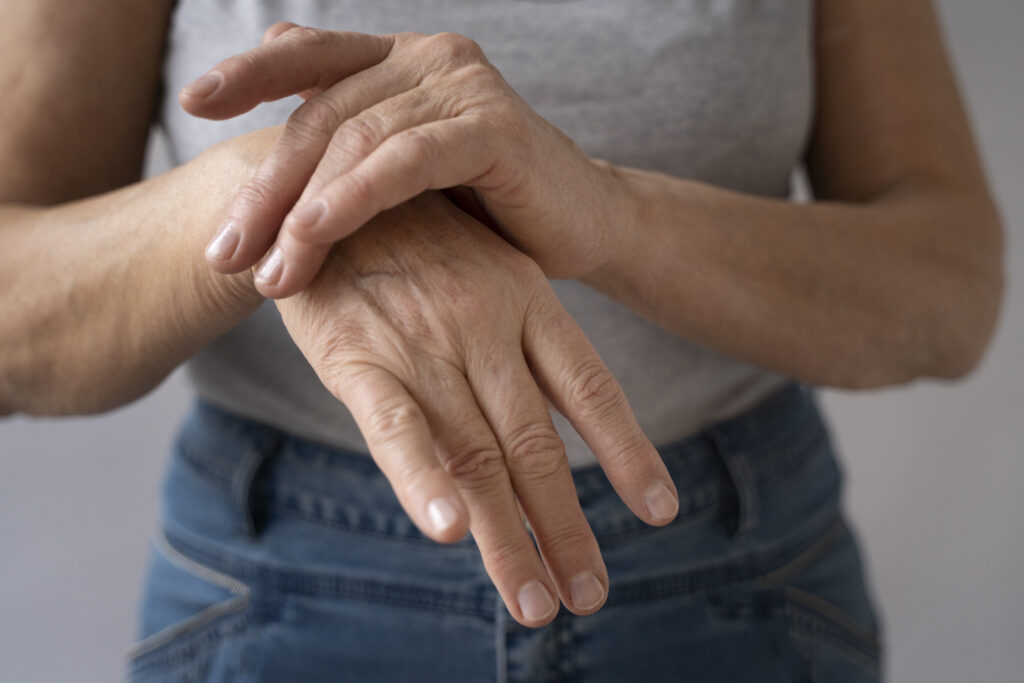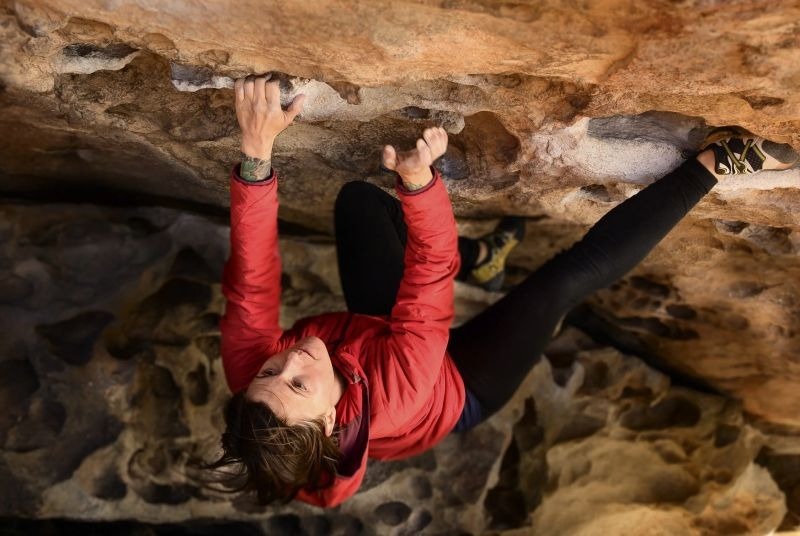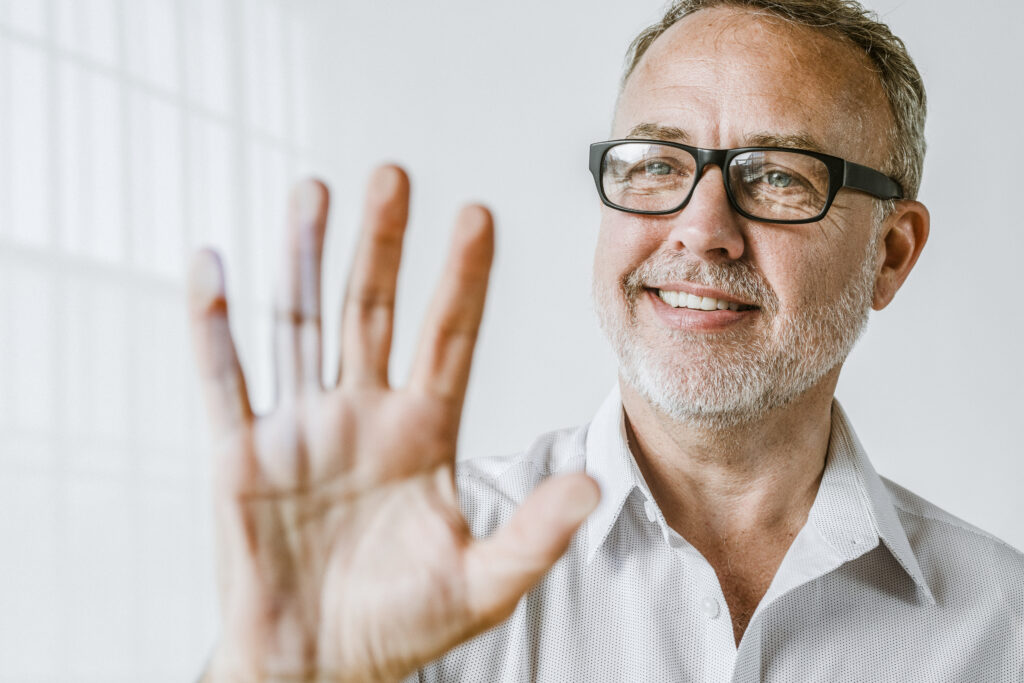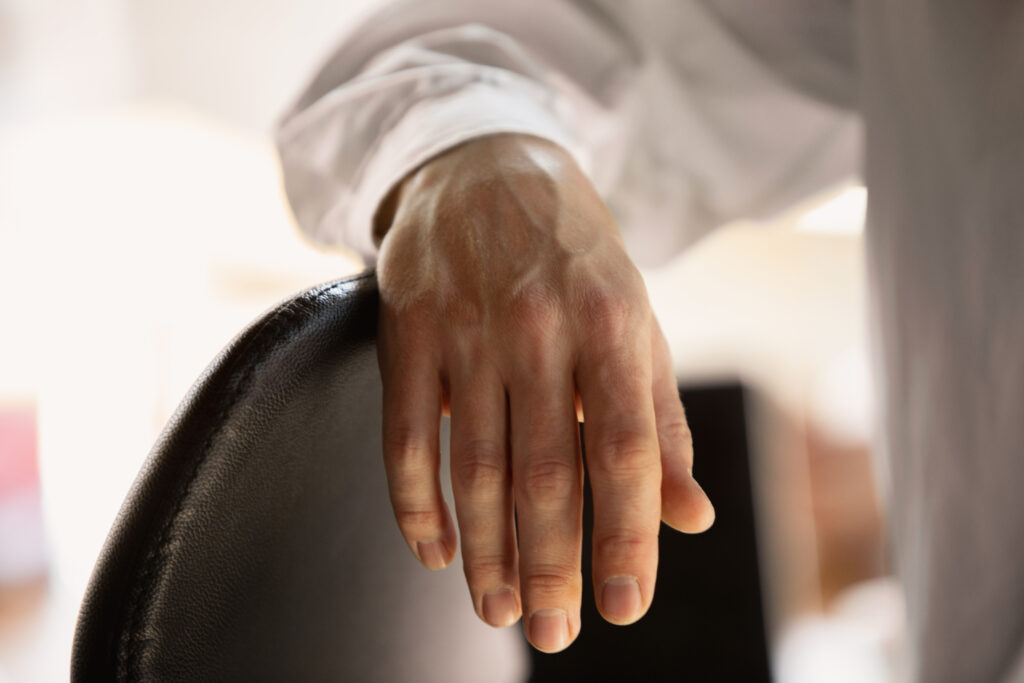Positive thinking can improve your overall well-being. Spending time with loved ones, practicing gratitude, and getting adequate sleep can help you get started.
Radiotherapy treatment may cause mild redness, soreness and dryness of the skin in the targeted area. This tends to start about 2-3 weeks after each phase (week) of treatment. Rarely, the skin may crack, weep or swell up. In the majority of cases, these side-effects get better after several weeks, but in about 10% – 15% of people, mild dryness, cracked skin, thinning or hard skin may persist long-term. A simple cream such as E45 or aqueous cream can reinvigorate the skin and improve dryness in the treated area. Some people also find that creams containing urea can be particularly helpful.
Occasionally patients notice a flare of the pain associated with the nodules, especially in the feet. This is normal and tends to get better over a few weeks. If new nodules grow, especially if they are outside of the treated area, then please let Dr Shaffer know, as he may need to redo the markup of your hand to include these areas in the radiation field.
If you are worried about side-effects, particularly if they are more severe or if they are different from what you expect from the information above then please contact Dr Shaffer to discuss it.
What should I avoid doing with my hands or feet?
Most people can carry on with their normal activities. For instance, you can continue to drive, play golf, type and do the washing up. You can also walk normally, and if it is not hurting then you could also continue to jog or run.
However, you should avoid extreme stresses to your hands for four weeks after each phase of treatment. For instance:
- Lifting very heavy weights in the gym or lifting building materials.
- Friction to your hands, for instance, having ropes slide through your hands while sailing or rock climbing
- Extreme heat or cold, as they may also stress the skin on the hands.
- Chemicals e.g. alcohol rubs, other irritant chemicals
Follow-up
What do I do if the disease gets worse?
If you develop disease on the hand or foot that has not received treatment
I can safely treat this with radiotherapy as it has not been treated before, in order to stop it getting worse and to stop the disease causing pain and/or contracture.
If you develop disease on the hand or foot that has previously received treatment:
If it is in an area of the hand/foot that has not been treated: I will consider treating the new area with radiotherapy. Please contact me to arrange an appointment to consider this.
If it is in an area of the hand/foot that has previously been treated with radiotherapy:
Dr Shaffer will consider re-treating the area if:
- You didn’t have a very bad skin reaction to the radiotherapy the first time round
- It is at least 1 year since the original treatment
If you form a contracture (fixed bending) of your fingers:
You should see a hand surgeon to consider release. Dr Shaffer can give you the names of excellent surgeons he works with who can provide full access to all forms of treatment.








